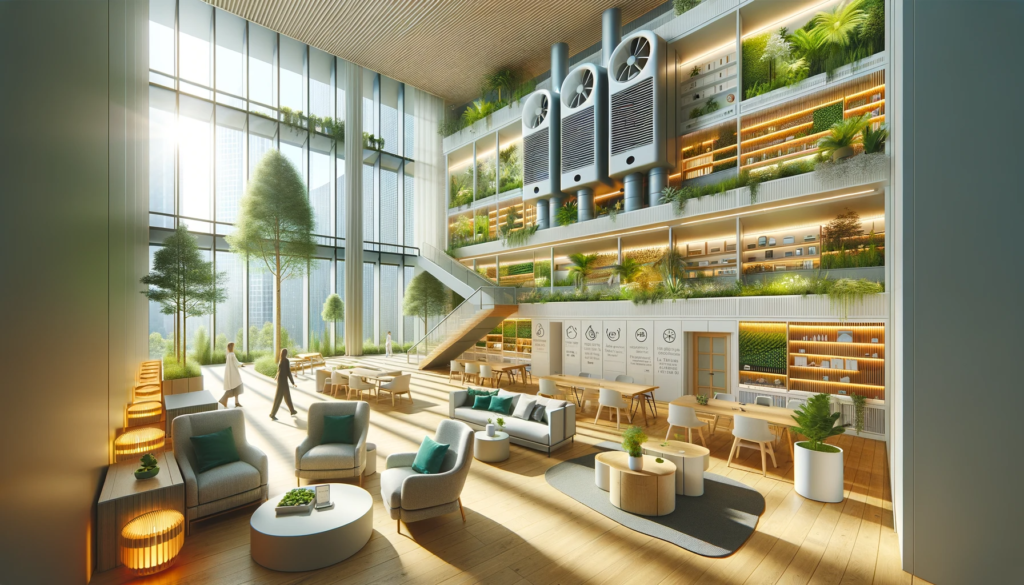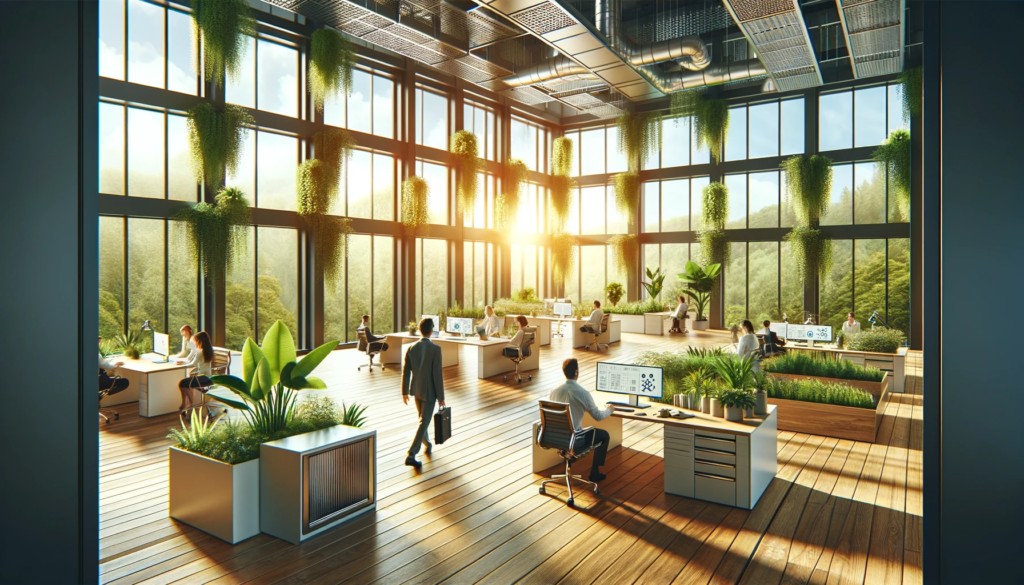Save Your Money,
Save Environment!
Solar makes energy independence possible. If you have any questions or need help, contact with our team, or you can call us any time.
099-987-878
Introduction to Green Building : Principles and Practices in Residential Construction
Green building encompasses a holistic approach to design, construction, and operational practices that aim to significantly reduce or eliminate the negative environmental impacts of a building. The choices made during the planning, construction, renovation, and maintenance phases of homes can have a lasting influence on various environmental facets, including air and water quality, public health, resource consumption, land utilization, and energy demand. Concurrently, these decisions carry substantial economic implications, influencing the costs associated with land, materials, labor, and the financing required for construction.
Buildings represent a major point of consumption for energy, water, and raw materials. In the United States, residential buildings are estimated to use around 21% of the total primary energy, while commercial buildings contribute an additional 19%. On a global scale, residential buildings consume an estimated 15% of primary energy. Furthermore, buildings play a considerable role in contributing to air and water pollution.
Despite the lack of a single defining framework for green building, eight essential principles have been pinpointed as guidelines for the design, construction, and maintenance of residential spaces. These principles echo the criteria used by the U.S. Green Building Council’s LEED rating system and are echoed in numerous other assessments of sustainable housing.
Energy Efficiency:- Decreasing a home's energy demand involves initial design strategies focused on lower consumption and enhanced efficiency, selecting the right energy-efficient appliances and utilizing superior construction practices.
Resource Efficiency:- Minimizing the total amount of materials needed for constructing or renovating a house involves choosing materials with minimal environmental and energy impact during extraction, processing, and delivery. It also includes reutilizing pre-owned materials and recycling construction debris.
Durability:- Utilizing materials and construction methods that enhance a building's durability and reduce maintenance needs can significantly extend its lifespan. This approach leads to a reduction in the frequency of repairs and replacements, resulting in less waste production and a decreased demand for materials throughout the house's lifetime.
Water Efficiency:- Enhancing water conservation both inside and outside the home by employing more efficient usage methods and reducing the potential for excessive consumption.
Indoor Environmental Quality:- Enhancing the well-being of residents by regulating indoor humidity, reducing toxic substances, and limiting pollutants within the home.
Reduced Community Impact:- This involves minimizing adverse economic impacts on local communities through conscientious development and construction practices. It encompasses a consideration of how the choice of materials affects the health and economic well-being of both the global workforce involved in their extraction and manufacturing, and the local residents in those areas.
Homeowner Education and Maintenance:- This principle focuses on imparting knowledge to homeowners and occupants about effectively operating and maintaining their homes. The goal is to ensure that homes retain their efficiency, healthiness, and durability throughout their lifetime.
Sustainable Site Development:- This encompasses avoiding the development of environmentally sensitive areas, strategically positioning lots and homes for optimal solar benefit, and advocating for construction near public transit and amenities to diminish reliance on personal vehicles. It also involves managing construction sites meticulously to prevent silt runoff, preserve native vegetation, and includes plans for ongoing stormwater management to lessen the flow of pollutants from the site into public waterways.
How It Works?!
One assessment claimed that, as of 2009, wind had the “lowest relative greenhouse gas emissions, the least water consumption demands and… the most favourable social impacts” compared to photovoltaic, hydro, geothermal, coal and gas.
We Design & Ship Solar Systems
You Install System, Or Contract With Us
smartest way to generate electricity
Why Us!
Despite these diverse developments, developments in fossil fuel systems almost entirely eliminated any wind turbine systems larger than supermicro size. In the early 1970s, however, anti-nuclear protests in Denmark spurred artisan mechanics to develop microturbines of 22 kW.
Solar Maintenance
It is a long established fact that a reader will be distracted by the readable content of a page.
Easy Installation
It is a long established fact that a reader will be distracted by the readable content of a page.
Renewable Energy
It is a long established fact that a reader will be distracted by the readable content of a page.
Energy Saving
It is a long established fact that a reader will be distracted by the readable content of a page.
Energy Solution
It is a long established fact that a reader will be distracted by the readable content of a page.
Certified Engineers
It is a long established fact that a reader will be distracted by the readable content of a page.
Money Back Guarantee
It is a long established fact that a reader will be distracted by the readable content of a page.
Technical Support
It is a long established fact that a reader will be distracted by the readable content of a page.


